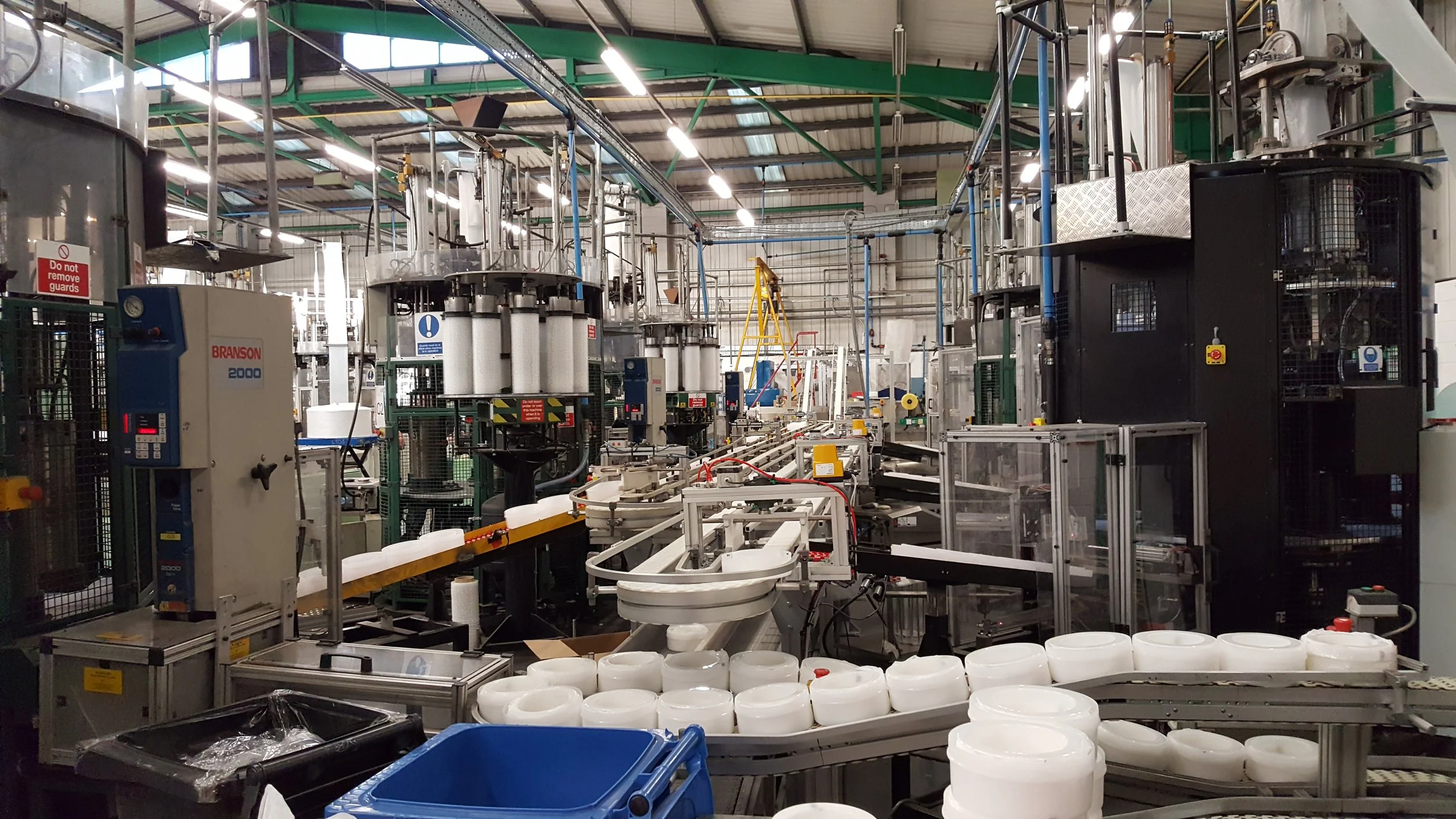How a recesion impacts innovation?
In this miniseries of blog posts we expand on the examples covered on from our Products that Count podcast with Melissa Pickering on Product Innovation in Recessions.
Important that as product owners we understand what’s happening:
The economy is slowing down.
Consumers have less money in their pockets and less confidence to spend.
Energy & hence supply chain costs are continuing to rise.
Interest rates are rising to deal with inflation, which means borrowing is more expensive.
Three things happen:
1) Changing consumer & customer behaviour
Lower budgets, small propensity to purchase, more pricing up/down ( where you save on necessities to still be able to afford a key luxury)
New need-states, (e.g. Ikea are seeing switching from high energy lighting to intelligent, sustainable LEDs; reducing energy cost).
Consumers confidence is lower;
○ They feel vulnerable and hold-off big purchases.
○ Looking for better VALUE (not just cost - but quality/features, such as longer warranties)
Lower budgets, small propensity to purchase, more pricing up/down ( where you save on necessities to still be able to afford a key luxury)
New need-states, (e.g. Ikea are seeing switching from high energy lighting to intelligent, sustainable LEDs; reducing energy cost).
Consumers confidence is lower;
○ They feel vulnerable and hold-off big purchases.
○ Looking for better VALUE (not just cost - but quality/features, such as longer warranties)
Changes in modes of payment
○ Reduction in subscription models (e.g. Gusto, Disney+), demands will change; reducing monthly spend (so not going to have multiple streaming services);
○ Opting for more value versions of the same (so with adds).
○ Spreading the costs / Klarna or pay-monthly for high ticket items
2) Capital, Risk and Payback, Cost of Materials & strained Supply Chain.
The increase in energy & supply chain costs; coupled with the higher interest rates makes investors more cautions.
Lower capital availability for product investment; & need for shorter payback period as companies can’t borrow to invest in new products.
More cautious venture and seed funding (equity investors will be comparing risk vs higher rate accounts)
Which in turn means our methods of innovation (expensive tests / travel / A&P resources in house/outsource / talent) are under strain.
● Smaller capital: More appealing to modify moulds & tools vs new ones; bigger drive for incremental innovation.
● Our methods for innovation are forced to change if we have smaller budgets e.g., use simulation rather than physical prototypes.
[ more to follow on methods in our mini series ]
3) Frustrated Innovators
Many innovators get frustrated as their budgets get pulled and start creating new (spin outs) or ventures; or are let go by their parent companies (less so in Europe). This means there is can be a pool of new ideas or start ups hungry for investment, for you to partner with and build (potential at lower risk).
A combination of layoffs, or reduced promotion opportunities means there are innovators entering the job market looking for new devleopment companies.
As internal large companies slow down innovation, creatives start generating new ideas outside of their parent organisations; leading to new spin off or start up opportunities.
Hence as innovation leaders, look out in the downturn for opportunities to partner externally; especially when there is less venture capital around to support them.
Larger companies might go as far as to divest and drop interesting brands or lines that you could M&A
Summary:
Economy slowing down, consumers with less money, but new needs. Less resources to implement new innovation; which requires new methods.
The upshot of these changes is innovation leaders both need to change:
1) The products and portfolios they are delivering.
2) The methods of deliver, speed, and process of innvation
Both are opportunities for new innovation, new methods and new products and should be seen as an exciting challenge.
For more examples; listen to Products that Count podcast with Ben Diamant and Melissa Pickering of Willow Innovations, VP of Product Management; on Spotify and iTunes
iTunes Link | Spotify Link | Libsyn |



